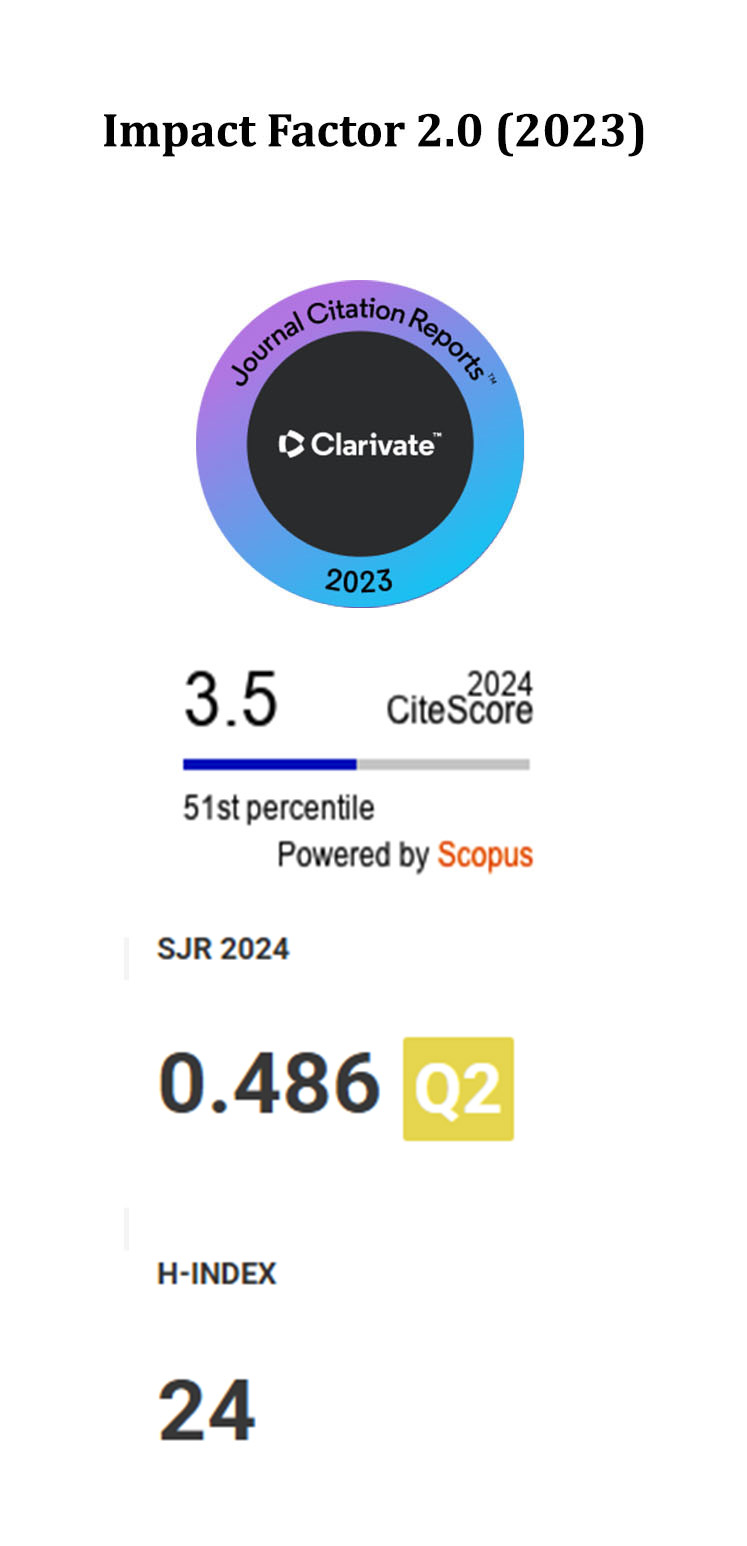A Two-stage Cattle Face Recognition Method Based on Target Detection and Recognition Network
DOI:
https://doi.org/10.5755/j01.itc.54.2.35918Keywords:
Cattle face recognition, Cattle face detection, YOLOv7, VoVNet, Attention mechanismAbstract
Traditional methods of cattle management have problems such as high error rates, easy failure of tags, and the need to consume a lot of time and manpower costs. However, as one of the biological characteristics, the recognition of cattle face is one of the important technical means to achieve intelligent farming, accurate feeding, and health management of cattle. Thus, the article proposed improved algorithms based on YOLOv7 and VoVNet for cattle face detection and recognition using a contactless approach. For the improved YOLOv7 cattle face detection model, the efficient layer aggregation networks (ELAN) structures in the backbone and neck networks were replaced with the ConvNeXt network and CoTNet Transformer module, respectively, aiming to improve the detection speed and robustness while reducing computation. The SimAM (A Simple, Parameter-Free Attention Module) attention mechanism, considering both spatial and channel dimensions, was introduced in the neck network to enhance feature representation without adding extra parameters to the original network. Experimental results on the constructed facial detection dataset of Holstein and Simmental beef cattle showed that the improved CCS-YOLOv7 cattle face detection model achieved a precision of 99.43% and a recall rate of 99.10%, with significantly improved detection speed and reduced model size. As for the improved VoVNet cattle face recognition model, residual connections (RC) were added from the input to the output of the One-Shot Aggregation (OSA) modules of VoVNet to enhance the representation of deep features. The Efficient Channel Attention (ECA) was added to the final feature extraction layer of the OSA modules to improve the feature extraction capability for cattle face image classification. Experimental results on the facial recognition dataset of Holstein dairy cows and Simmental beef cattle, built upon the improved CCS-YOLOv7 cattle face detection model, demonstrated that the VoVNet-ECA-RC model achieved a precision of 99.37% for cattle face recognition with a final model size of 41.4MB. Therefore, the proposed research structures can provide a reference for non-contact individual recognition in the process of intelligent farming.
Downloads
Published
Issue
Section
License
Copyright terms are indicated in the Republic of Lithuania Law on Copyright and Related Rights, Articles 4-37.




